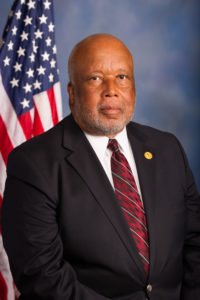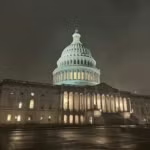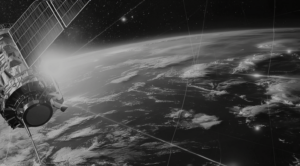
The chairman of the House Homeland Security Committee on Wednesday said that the use of facial recognition technology on American citizens departing the U.S. on international flights is an expansion of authorities granted by Congress to apply the technology to foreign nationals leaving the country to verify they are complying with their visa terms. Rep. Bennie Thompson (D-Miss.) said that Customs and Border Protection (CBP) has taken its “own initiative” to apply its biometric exit program to U.S. citizens that…

 By
By 










